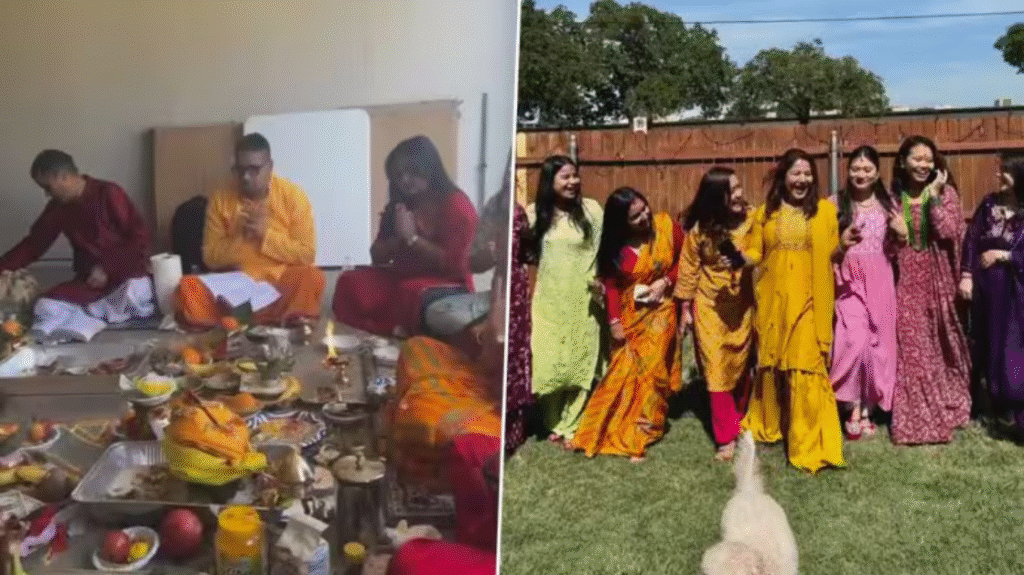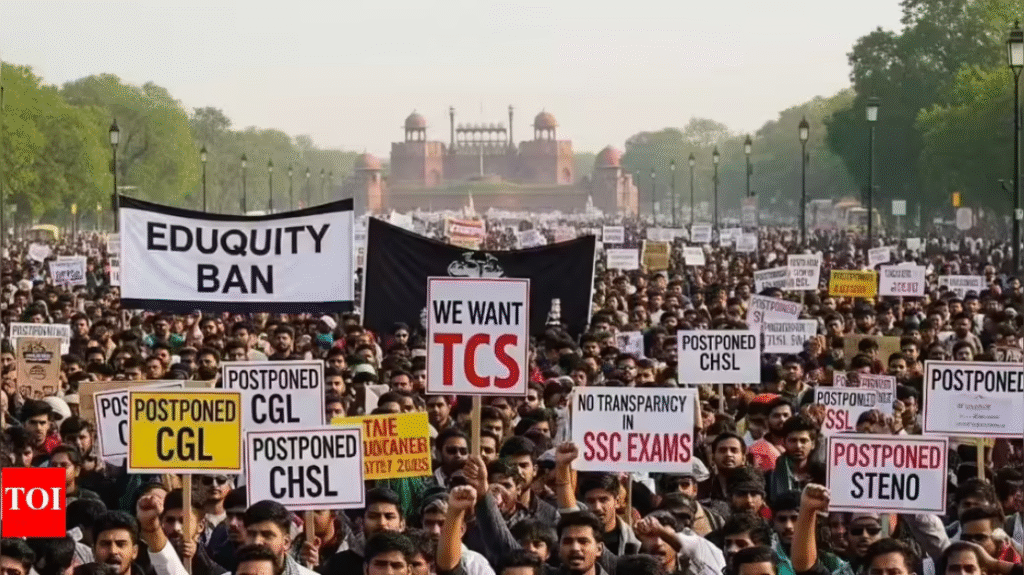Social media was abuzz when a video surfaced showing firefighters arriving at an Indian family’s home in Bedford, Texas—responding to what they believed was a fire. In reality, the family was performing a havan, a sacred Hindu fire ritual, during a housewarming ceremony.
The Incident
The clip, shared on Instagram with the caption, “Cultural misunderstanding 101: Hindu puja is not a fire emergency,” captured the moment firefighters entered a smoke-filled garage to investigate. The family calmly explained the ritual to the officials.
While no official violation was reported, the incident sparked a widespread cultural conversation—especially around balancing tradition with public safety.
Public Reaction: A Cultural & Legal Crossroads
The video prompted extensive online debate and legal commentary:
- Critics argued that performing rituals involving fire—especially in enclosed spaces—poses risks. One commenter pointed out, “In countries where homes are built with dry wood, such customs must be regulated.” Others highlighted a perceived lack of civic sense—not informing authorities or securing permits.
- Supporters defended the family’s religious rights, calling the ritual symbolic and peaceful. Many Indians abroad expressed pride in their traditions, even if misunderstood by others.
- A Hindu group based in Canada called for cultural sensitivity training for local emergency agencies, highlighting recurring misunderstandings between immigrant communities and local services.
Legal and Social Implications
1. Religious Freedom vs Public Safety
In the U.S., the First Amendment safeguards religious practices—provided they do not threaten public safety. Smoke-producing rituals may inadvertently invoke concern. While ceremony participants have the right to perform their rituals, doing so in confined or flammable spaces raises legitimate safety questions.
2. Regulatory Oversight & Civic Responsibility
No official fines or citations were reported in this case. However, many argue that organizers should inform local fire departments beforehand—especially when rituals involve flame or smoke indoors.
3. Building Cultural Bridges
This incident underscores a broader need for civic integration:
- Emergency responders must receive training on cultural performances—to differentiate customs from crises.
- Immigrant communities could benefit from public awareness campaigns, helping bridge cultural practices with public regulations.
At a Glance
| Issue | Observations |
|---|---|
| Nature of Incident | Havan (puja ritual) mistaken for fire, led to firefighter response |
| Reactions – Mixed | Public safety vs religious freedom, cultural sensitivity debates |
| Legal Thresholds | No law was broken, but civic protocols about informing authorities remain relevant |
| Broader Implications | Need for cross-cultural understanding between residents and authorities |
Concluding Thoughts
While the incident sparked amusement online, it raises deeper questions about fostering legal awareness and cultural literacy in multicultural societies. The Texas family’s experience is a reminder for both service agencies and minority communities alike: dialogue and education are key.
Emergency responders don’t intend to offend—yet they must discern rituals from emergencies. And while cultural practices merit respect, integrating them with local safety norms is essential.
To read more Indian Laws and news, visit Legal Guide India



